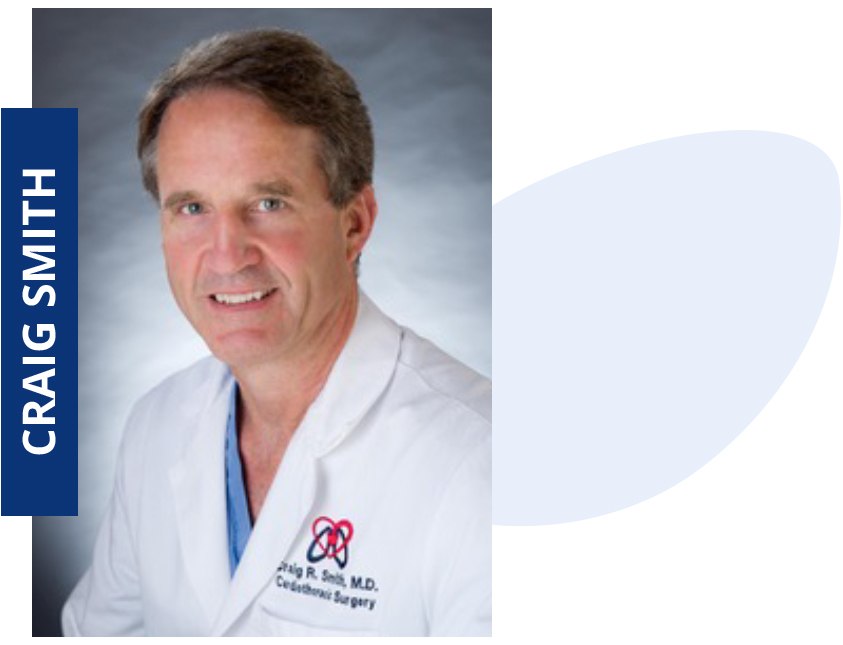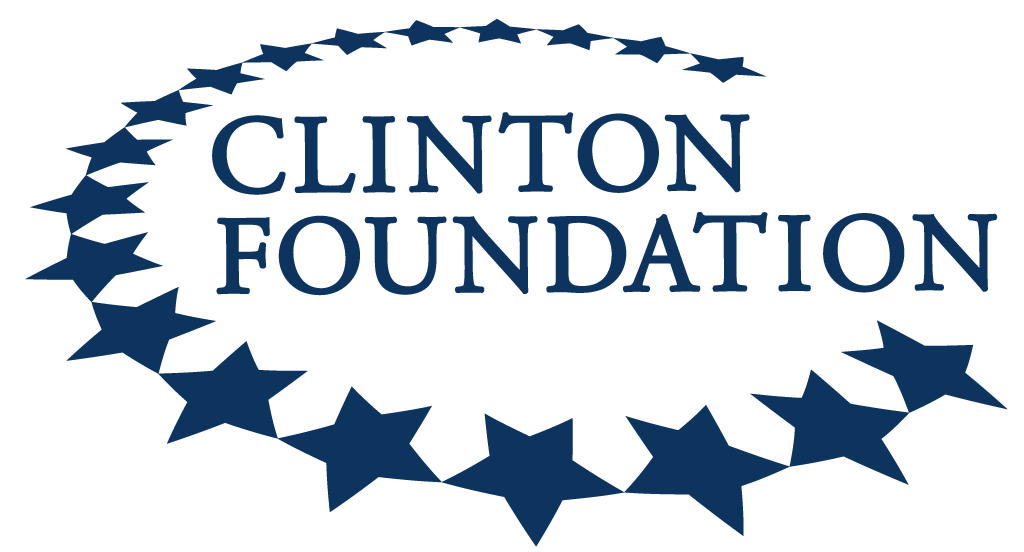The Coming Threat: New York-Presbyterian Hospital’s Surgeon-in-Chief dispatched daily letters from the front lines of the pandemic. His letters are now part of history.
“The hard data has become alarming.” – March 20, 2020
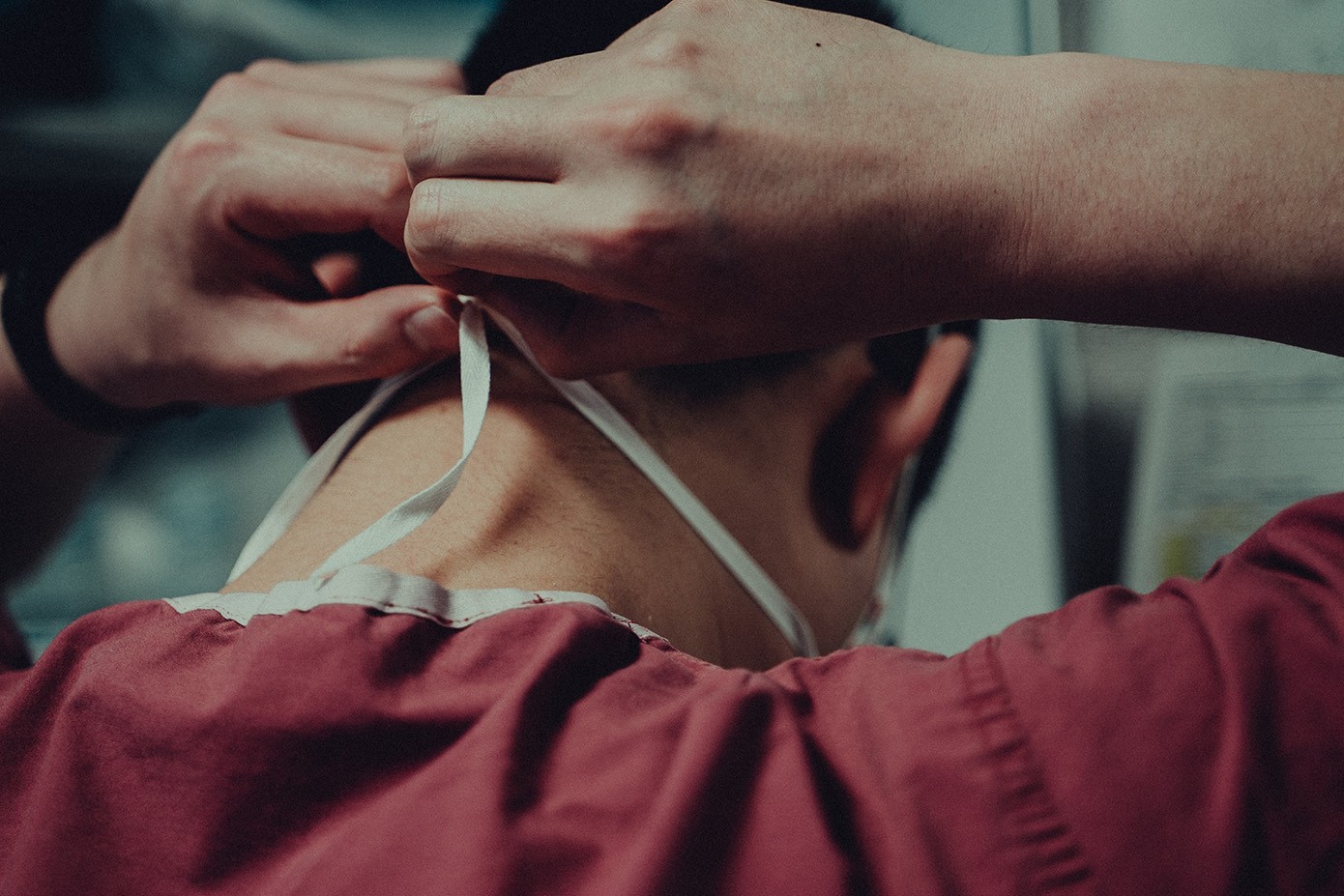
Dear Colleagues,
This has been a very active day, during which the hard data has become alarming. I wish I could use a more comforting word. Today, New York-Presbyterian (NYP) has about 300 COVID-19 antigen-positive inpatients, with about 200 awaiting test results. This approaches a 50 percent increase in one day. Columbia University Irving Medical Center (CUIMC) inpatient COVID-19-positive patients have increased from 37 to 59 overnight, ventilator patients from 10 to 12. Projections presented at noon today estimate that we will reach peak COVID-19 volume within 22 to 32 days, at which point the NYP system will need 700 to 934 ICU beds. The lower estimate exceeds our ICU capacity, even with surge construction, the Hospital for Special Surgery, and the David H. Koch Center at NYP capacity added. With that resource limitation in mind, we have reduced the urgent OR schedule even more dramatically. There is a sliver of a silver lining — it appears the alarm raised yesterday about our blood supply was overstated.
Personal protective equipment (PPE) is an increasingly limited resource, most dramatically illustrated by masks. N95 masks are already extremely scarce. NYP normally uses 4,000 non-N95 masks per day. Currently, NYP is consuming 40,000 such masks per day, which is estimated to reach 70,000 per day. The downstate region uses about 3 million masks per week. The entire United States strategic reserve holds only 75 million masks. With great effort Dr. Corwin has successfully pried 150,000 masks out of the reserve; a two-day supply at peak. We’re told that manufacturing is beginning to accelerate, but that relief is weeks away at best. These figures might make it hard for readers to understand today’s decision to provide one non-N95 mask to each NYP, CUIMC, and Weill Cornell employee, but it is a potentially important concession to their emotional needs. In theory, the mask is to be used only if the person becomes symptomatic. Employees will be responsible for keeping their one mask clean and available.
Nothing would give me greater pleasure than to apologize profusely in a few weeks for having overestimated the threat. That would mean we never exceeded capacity, and that mortalities and morbidities rarely seen in non-pandemic circumstances were avoided. The next month or two is a horror to imagine if we’re underestimating the threat. So, what can we do? Load the sled, check the traces, feed Balto, and mush on. Our cargo must reach Nome.
Remember that our families, friends, and neighbors are scared, idle, out of work, and feel impotent. Anyone working in health care still enjoys the rapture of action. It’s a privilege! We mush on.
Craig R. Smith, M.D.
Chair, Department of Surgery
Surgeon-in-Chief, NYP/CUIMC
“Navigating home to harbor down the backside of the hurricane.” – May 12, 2020
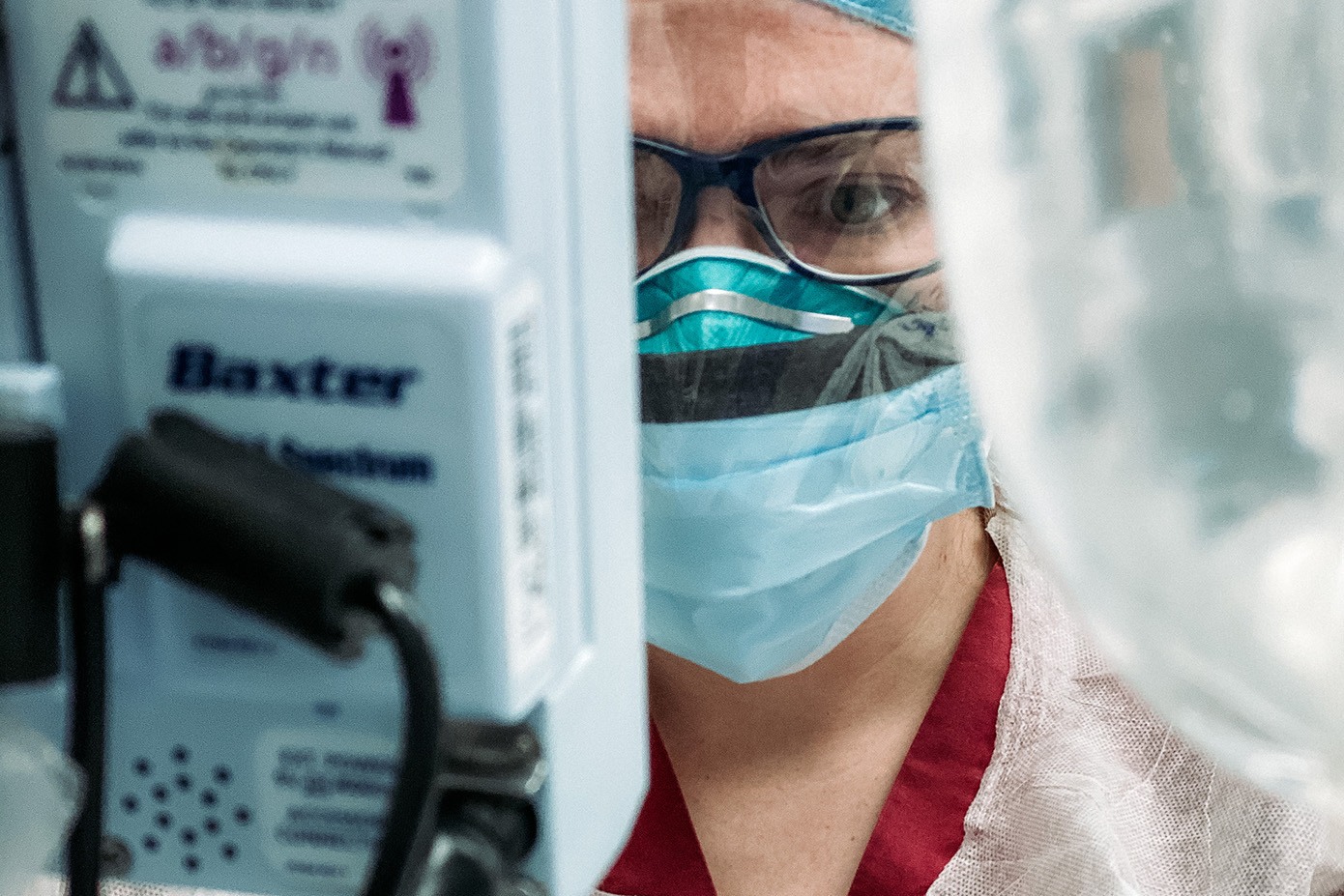
Dear Colleagues,
In 1977 Peter Medawar, a 1960 Nobel Prize winner, defined a virus as “simply a piece of bad news wrapped up in protein.” Forty-two years later the bad news was the novel Coronavirus SARS-CoV-2. It was having its way with us 59 days ago, when I wrote my first update to the Department of Surgery. We were shutting down operating rooms and research labs. The scarcity of PPE was frightening.
Information was a salad of confusing rumors, rambling emails, and pronouncements from multiple sources. I attempted to write a simplifying summary. I wrote another, then another. I sensed that people sharing such universal dislocation needed morale as much as information. I grew tired of using the phrases “fingers crossed” and “when the dust settles.” Near the beginning of “Groundhog Day,” the Bill Murray character says, “Well, what if there is no tomorrow? There wasn’t one today.” March was tomorrow-less. New cases were doubling fast, and we could only guess when we would bend the curve.
Extraordinary individual effort and motivation carried us. April was equally exhausting but less terrifying as the curve bent and plateaued. Past-peak feels more like navigating home to harbor down the backside of the hurricane.
As we’re constantly reminded, our home harbor will have changed, in the new normal. Did you know that the magnetic North Pole has emigrated from Canada to Siberia? The position of the magnetic North Pole is determined by iron and nickel flux in Earth’s molten core and is subject to a tug-of-war between two strong foci, one in Siberia and one in Canada. It has been moving steadily towards the Siberian focus for years. The pace accelerated in the 1990s. Like any other tourist, it crossed the international date line in 2017. To keep systems like GPS aligned a major update was required in 2019, just in time for SARS-CoV-2 to navigate around the world.
Drive an arrow through the center of rotation of the Earth from south to north, and it will emerge in the Arctic Ocean, about 300 miles from the vagrant magnetic North Pole. The arrow will point at the North Star (Polaris, formerly a-Ursae Minoris) at the end of the handle of the Little Dipper, 133 parsecs away. The Earth wobbles on its axis, like a spinning top, a movement called “precession.” That causes the arrow to inscribe a circle through the universe over time, pointing at different stars. At the time of the Pyramids, Polaris was Thuban, in the constellation Draco (the Dragon). About 14,000 years from now Polaris will be Vega, the fifth-brightest star visible from Earth. In 26,000 years a-Ursae Minoris will wear the Polaris crown again. True north becomes new north.
At Bill Murray’s epiphany in “Groundhog Day,” he says, “Do you know what today is? Today is tomorrow. It happened!” We have made the turn to the execution phase, on the return path to new normal. It carries a different kind of excitement. Our Marshall Plan. With the terror diluted, people seem happier and the crisis feels less compelling, but fear is still there. Fear of future surges, fear of economic struggle, and fear of the unknown, because “normal” is gone. In the execution phase people like me begin returning to their accustomed roles as elements of production, treating diseases pushed aside by COVID-19. It’s uplifting to be back in the operating room today doing heart surgery again. The pole star I’ve followed through 59 updates is moving. I feel my motivation leaning away from filling a void toward meeting an expectation. Perhaps that’s my void, that provokes a performance that’s a tiny bit too self-conscious and takes me closer to the fine line between full of knowledge and full of myself. Whatever, it’s time for a pause. The new normal will not include updates every day. “No man ever steps in the same river twice, for it is not the same river, and he is not the same man.” Mush on, Heraclitus!
Craig R. Smith, MD
Chair, Department of Surgery
Surgeon-in-Chief, NYP/CUIMC
★

